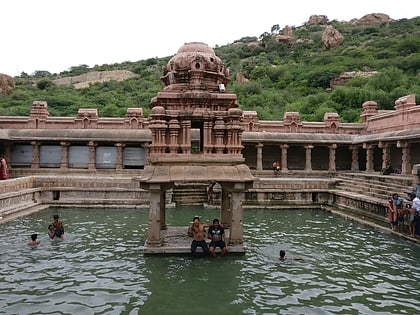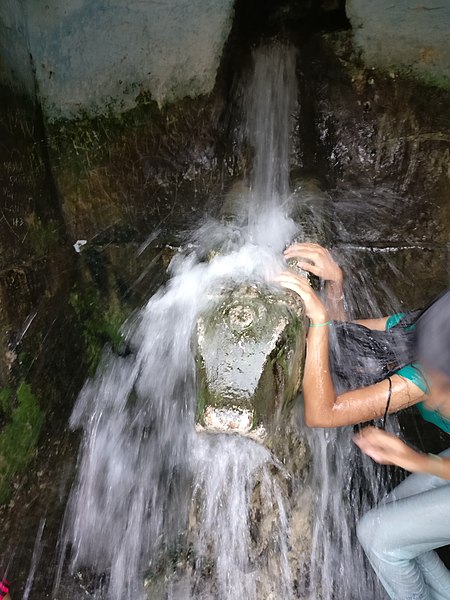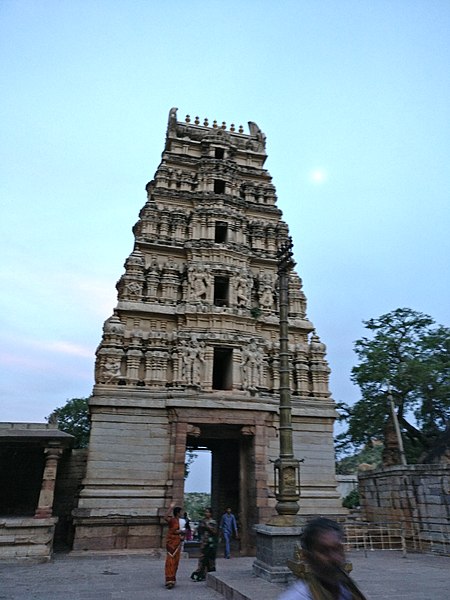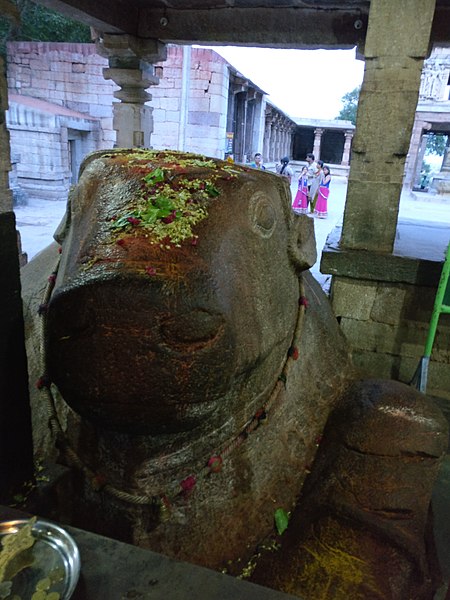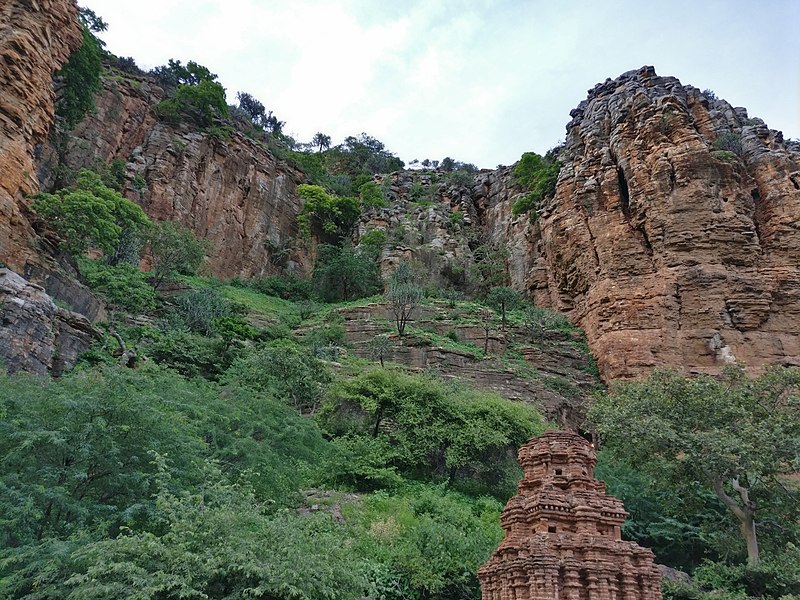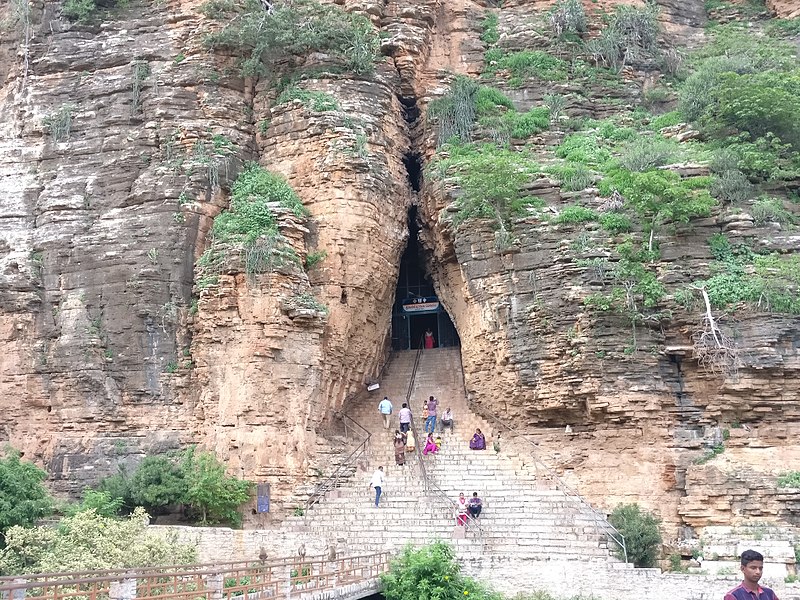Yaganti temple
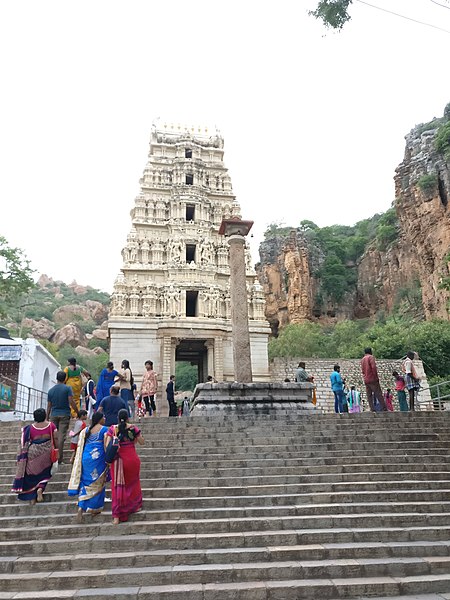
Facts and practical information
Nestled amidst the serene landscapes of Andhra Pradesh, the Yaganti Temple stands as a testament to India's rich cultural and spiritual heritage. Dedicated to Lord Shiva, this ancient temple is renowned for its unique architecture and the striking idol of Shiva's mount, Nandi, which is believed to be growing in size over time.
Constructed in the 15th century by King Harihara Bukka Raya of the Sangama Dynasty, Yaganti is part of the Umamaheswara complex, which showcases the intricate craftsmanship of the era. The temple's history is steeped in legends and lore, attracting devotees and history enthusiasts alike.
One of the temple's most intriguing aspects is the Pushkarini, a small water pond fed by a natural underground spring. The water's source remains a mystery, as it flows throughout the year, defying the dry conditions of the region. Pilgrims consider the water sacred and believe that a dip in the Pushkarini can purify the soul.
Yaganti's serene ambiance is further enhanced by its surrounding hills and caves, where saints and sages are said to have meditated. The Agastya Cave, Venkateswara Cave, and Veera Brahmam Cave are notable for their connection to revered figures in Hinduism and add to the spiritual aura of the temple.
The annual Maha Shivaratri festival sees a surge of pilgrims flocking to Yaganti to offer prayers and witness the grand celebrations. The temple's management ensures a harmonious blend of devotion, tradition, and tourism, making it a must-visit destination for those seeking solace and a touch of the divine.
